
The lead author of a recent review on hypnosis in dentistry, Angélique Thibault believes that, with proper training, dentists and their teams can feasibly integrate elements of hypnosis into routine patient care. (Image: Angélique Thibault)
“Given that dental treatments often provoke anxiety and acute pain, my team and I aimed to better understand the role of hypnosis in dentistry,” explained lead author Angélique Thibault, research assistant and undergraduate student in the Faculty of Dentistry at the University of Montreal, to Dental Tribune International. She added: “Any adjuvant that can benefit patients and enhance their comfort during dental procedures is worth exploring.”
The review synthesised findings from 12 systematic reviews and/or meta-analyses published between 2000 and December 2024. Eight focused on the management of dental anxiety and/or acute procedural pain, and the rest examined chronic conditions such as temporomandibular disorder and burning mouth syndrome.
The strongest evidence for hypnosis as a clinical adjunct was found for procedures involving local anaesthesia and dental extractions. Several studies reported reduced need for pharmacological sedation, lower postoperative pain and even decreased use of analgesics when hypnosis was employed. In some cases, recovery times were shorter, and less anaesthetic reinforcement was needed during treatment.
Discussing specific hypnosis techniques that appear the most effective in helping to manage dental anxiety, Thibault noted that therapeutic hypnosis delivered through hypnotic suggestions by a trained hypnotherapist appears to be more effective than audio-recorded hypnosis. However, she acknowledged that, in private practice, involving an additional specialist may not always be feasible. “That’s why therapist–operator hypnosis—administered directly by the dentist—should be encouraged, provided he or she has received adequate training,” she noted.
The findings also highlighted the potential of hypnosis to reduce physiological stress markers such as heart rate and blood pressure, alongside patient-reported anxiety. Although the evidence for children and adolescents was more limited, several studies pointed to positive outcomes when hypnosis was compared with other anxiety-reducing techniques, such as distraction or enhanced preoperative communication.
In terms of chronic orofacial pain, the evidence is not as robust. Though studies suggest potential benefits—such as increased mouth opening and reduced pain levels in patients with temporomandibular disorders—most were of low methodological quality. Still, Thibault believes that the implications are promising: “With chronic pain, the goal is to improve the patient’s life since the pain is rarely eliminated completely.”



 Austria / Österreich
Austria / Österreich
 Bosnia and Herzegovina / Босна и Херцеговина
Bosnia and Herzegovina / Босна и Херцеговина
 Bulgaria / България
Bulgaria / България
 Croatia / Hrvatska
Croatia / Hrvatska
 Czech Republic & Slovakia / Česká republika & Slovensko
Czech Republic & Slovakia / Česká republika & Slovensko
 France / France
France / France
 Germany / Deutschland
Germany / Deutschland
 Greece / ΕΛΛΑΔΑ
Greece / ΕΛΛΑΔΑ
 Hungary / Hungary
Hungary / Hungary
 Italy / Italia
Italy / Italia
 Netherlands / Nederland
Netherlands / Nederland
 Nordic / Nordic
Nordic / Nordic
 Poland / Polska
Poland / Polska
 Portugal / Portugal
Portugal / Portugal
 Romania & Moldova / România & Moldova
Romania & Moldova / România & Moldova
 Slovenia / Slovenija
Slovenia / Slovenija
 Serbia & Montenegro / Србија и Црна Гора
Serbia & Montenegro / Србија и Црна Гора
 Spain / España
Spain / España
 Switzerland / Schweiz
Switzerland / Schweiz
 Turkey / Türkiye
Turkey / Türkiye
 UK & Ireland / UK & Ireland
UK & Ireland / UK & Ireland
 Brazil / Brasil
Brazil / Brasil
 Canada / Canada
Canada / Canada
 Latin America / Latinoamérica
Latin America / Latinoamérica
 USA / USA
USA / USA
 China / 中国
China / 中国
 India / भारत गणराज्य
India / भारत गणराज्य
 Pakistan / Pākistān
Pakistan / Pākistān
 Vietnam / Việt Nam
Vietnam / Việt Nam
 ASEAN / ASEAN
ASEAN / ASEAN
 Israel / מְדִינַת יִשְׂרָאֵל
Israel / מְדִינַת יִשְׂרָאֵל
 Algeria, Morocco & Tunisia / الجزائر والمغرب وتونس
Algeria, Morocco & Tunisia / الجزائر والمغرب وتونس
 Middle East / Middle East
Middle East / Middle East
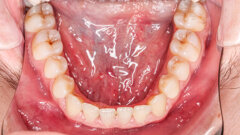























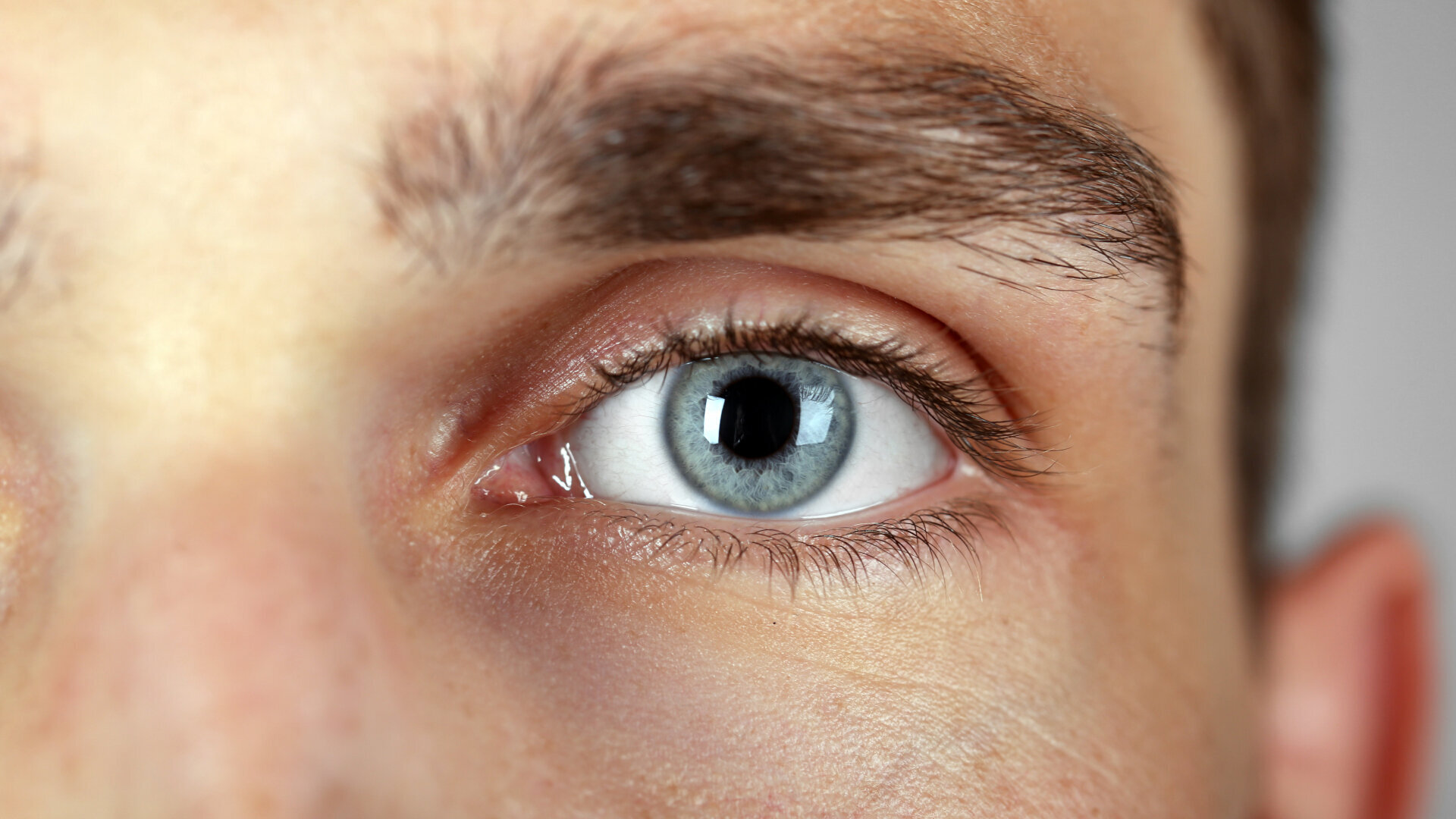



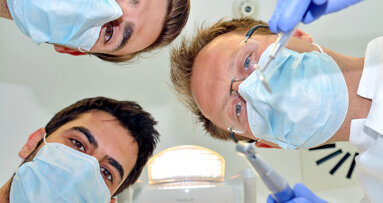
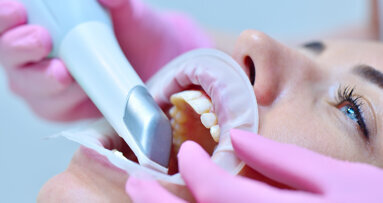

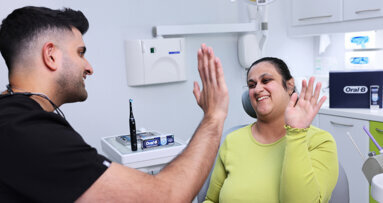








To post a reply please login or register